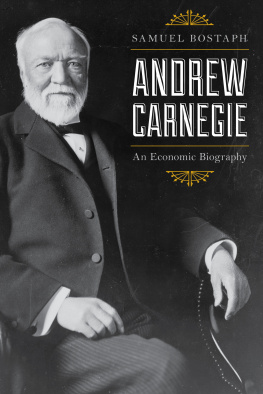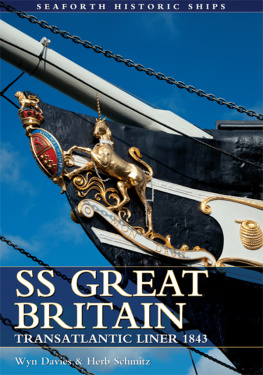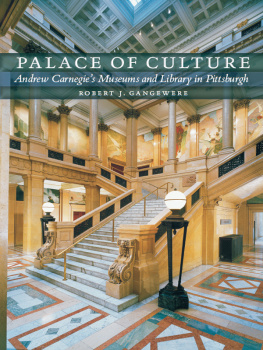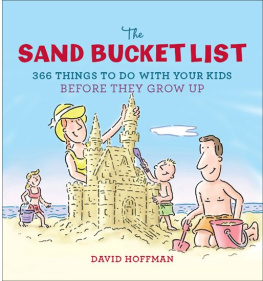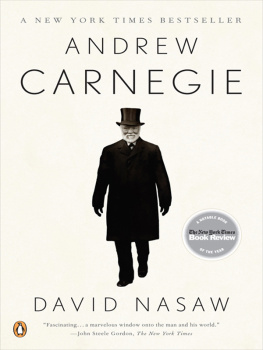SPINIFEX AND SAND
A Narrative of Five Years' Pioneering and Exploration in Western Ausralia
By The
HON. DAVID W CARNEGIE (1871-1900)
Illustration 1: David W. Carnegie.
To MY MOTHER
CONTENTS
INTRODUCTION
LIST OF ILLUSTRATIONS
(47 illustrations appeared in the original text, published in 1898. A number have not been reproduced in the html version of the etext.)
INTRODUCTION
An honest tale speeds best, being plainly told.
The following pages profess to be no more than a faithful narrative of five years spent on the goldfields and in the far interior of Western Australia. Any one looking for stirring adventures, hairbreadth escapes from wild animals and men, will be disappointed. In the Australian Bush the traveller has only Nature to war againstover him hangs always the chance of death from thirst, and sometimes from the attacks of hostile aboriginals; he has no spice of adventure, no record heads of rare game, no exciting escapades with dangerous beasts, to spur him on; no beautiful scenery, broad lakes, or winding rivers to make life pleasant for him. The unbroken monotony of an arid, uninteresting country has to be faced. Nature everywhere demands his toil. Unless he has within him impulses that give him courage to go on, he will soon return; for he will find nothing in his surroundings to act as an incentive to tempt him further.
I trust my readers will be able to glean a little knowledge of the hardships and dangers that beset the paths of Australian pioneers, and will learn something of the trials and difficulties encountered by a prospector, recognising that he is often inspired by some higher feeling than the mere lust of gold.
Wherever possible, I have endeavoured to add interest to my own experiences by recounting those of other travellers; and, by studying the few books that touch upon such matters to explain any points in connection with the aboriginals that from my own knowledge I am unable to do. I owe several interesting details to the Report on the Work of the Horn Scientific Expedition to Central Australia, and to Ethnological Studies among the North-West Central Queensland Aboriginals, by Walter E. Roth. For the identification of the few geological specimens brought in by me, I am indebted to the Government Geologist of the Mines Department, Perth, W.A., and to Mr. W. Botting Hemsley, through the courtesy of the Director of the Royal Gardens, Kew, for the identification of the plants.
I also owe many thanks to my friend Mr. J. F. Cornish, who has taken so much trouble in correcting the proofs of my MSS.
PART I
EARLY DAYS IN COOLGARDIE
CHAPTER I
Early Days In The Colony
In the month of September, 1892, Lord Percy Douglas (now Lord Douglas of Hawick) and I, found ourselves steaming into King George's Soundthat magnificent harbour on the south-west coast of Western Australiabuilding castles in the air, discussing our prospects, and making rapid and vast imaginary fortunes in the gold-mines of that newly-discovered land of Ophir. Coolgardie, a district then unnamed, had been discovered, and Arthur Bayley, a persevering and lucky prospector, had returned to civilised parts from the bush, his packhorses loaded with golden specimens from the famous mine which bears his name. I suppose the fortunate find of Bayley and his mate, Ford, has turned the course of events in the lives of many tens of thousands of people, and yet, as he jogged along the track from Gnarlbine Rock to Southern Cross, I daresay his thoughts reverted to his own life, and the good time before him, rather than to moralising on the probable effect of his discovery on others.
We spent as little time as possible at Albany, or, I should say, made our stay as short as was permitted, for in those days the convenience of the passenger was thought little of, in comparison with the encouragement of local industries, so that mails and travellers alike were forced to remain at least one night in Albany by the arrangement of the train service, greatly to the benefit of the hotel-keepers.
We were somewhat surprised to see the landlord's daughters waiting at table. They were such tremendously smart and icy young ladies that at first we were likely to mistake them for guests; and even when sure of their identity we were too nervous to ask for anything so vulgar as a pot of beer, or to expect them to change our plates.
Between Albany and Perth the country is not at all interesting being for the most part flat, scrubby, and sandy, though here and there are rich farming and agricultural districts. Arrived at Perth we found ourselves a source of great interest to the inhabitants, inasmuch as we announced our intention of making our way to the goldfields, while we had neither the means nor apparently the capability of getting there. Though treated with great hospitality, we found it almost impossible to get any information or assistance, all our inquiries being answered by some scoffing remark, such as, Oh, you'll never get there!
We attended a rather remarkable dinnergiven in honour of the Boot, Shoe, Harness, and Leather trade, at the invitation of a fellow-countryman in the trade, and enjoyed ourselves immensely; speech-making and toast-drinking being carried out in the extensive style so customary in the West. Picture our surprise on receiving a bill for 10s. 6d. next morning! Our friend of the dinner, kindly put at our disposal a hansom cab which he owned, but this luxury we declined with thanks, fearing a repetition of his bill-by-invitation.
Illustration 2: Jarrah Forrest, West Australia
Owing to the extreme kindness of Mr. Robert Smith we were at last enabled to get under way for the scene of the rush. Disregarding the many offers of men willing to guide us along a self-evident track, we started with one riding and one packhorse each. These and the contents of the pack-bags represented all our worldly possessions, but in this we might count ourselves lucky, for many hundreds had to carry their belongings on their backshumping their bluey, as the expression is.
Our road lay through Northam, and the several small farms and settlements which extend some distance eastward. Very few used this track, the more popular and direct route being through York, and thence along the telegraph line to Southern Cross; and indeed we did pass through York, which thriving little town we left at dusk, and, carrying out our directions, rode along the telegraph line. Unfortunately we had not been told that the line split up, one branch going to Northam and the other to Southern Cross; as often happens in such cases, we took the wrong branch and travelled well into the night before finding any habitation at which we could get food and water.



